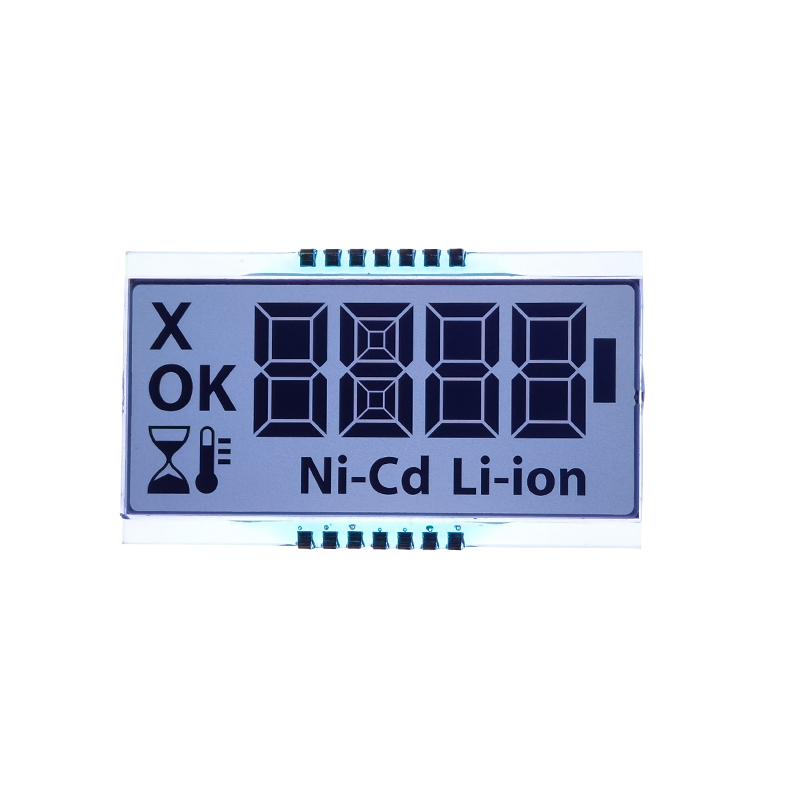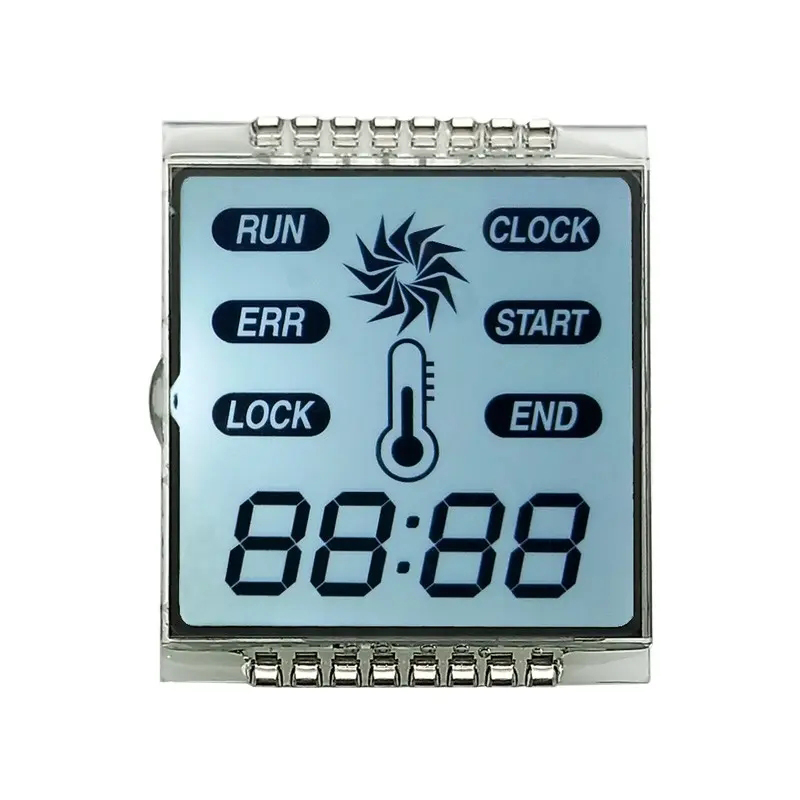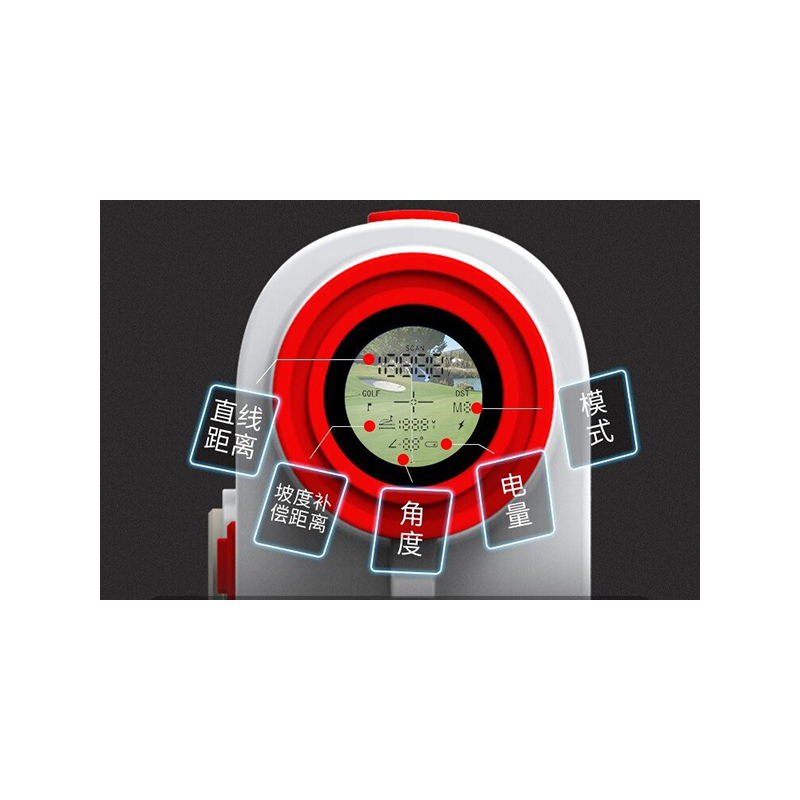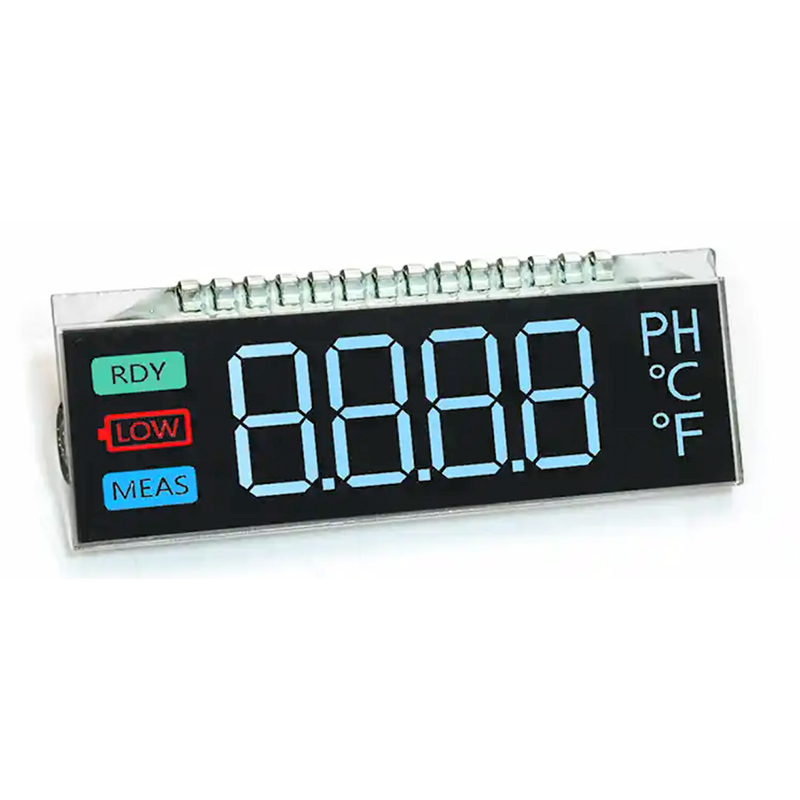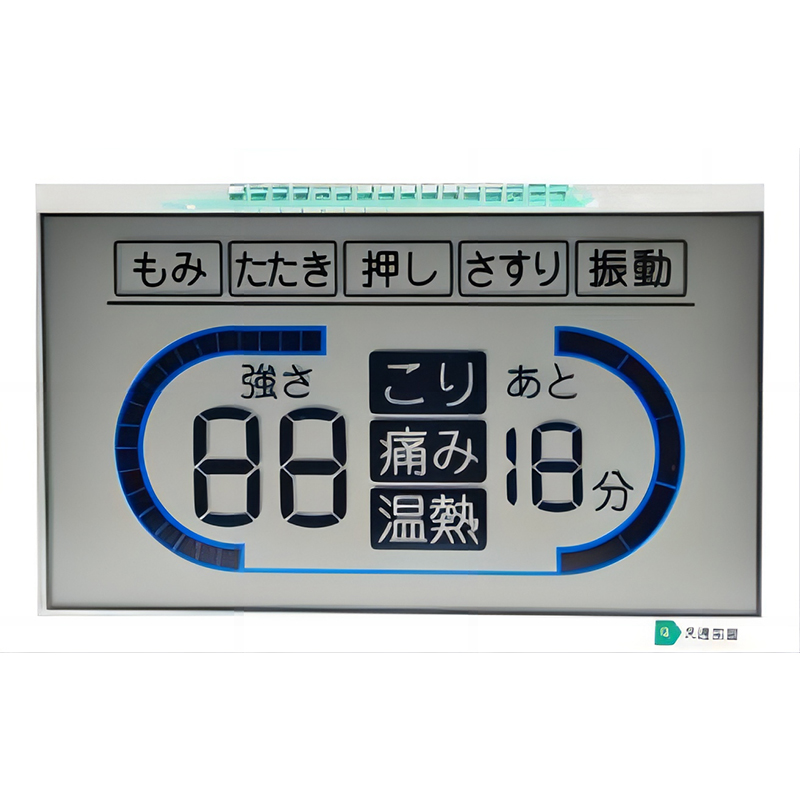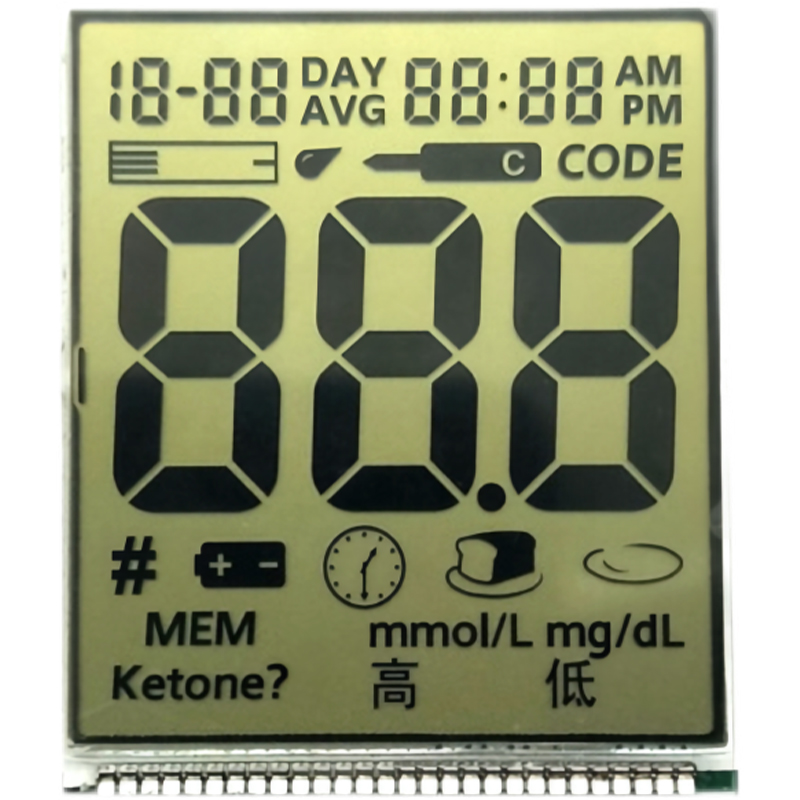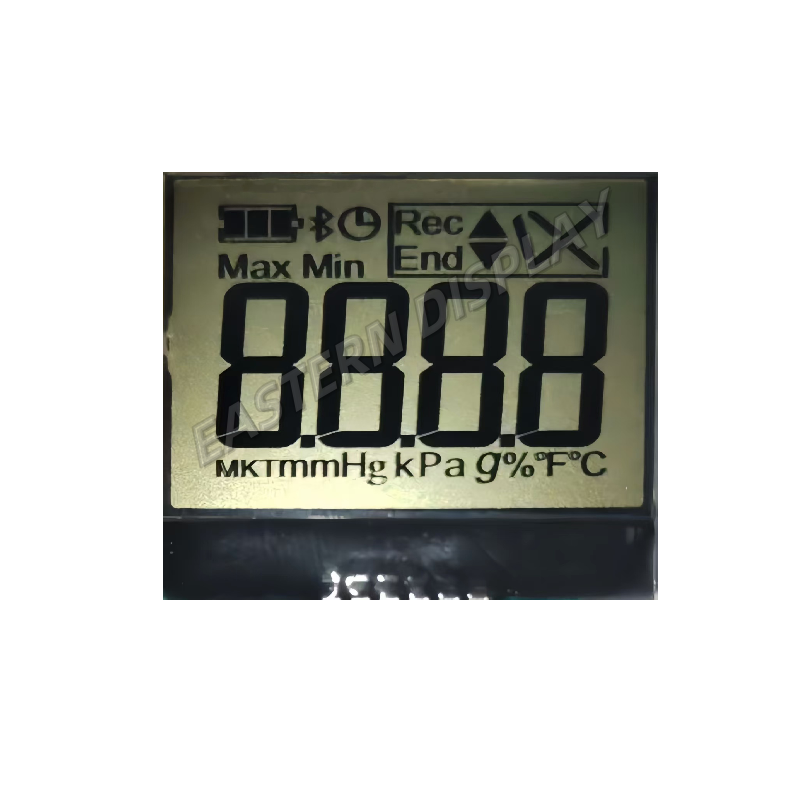
This comprehensive guide explores the world of OLED display modules, covering their functionalities, applications, selection criteria, and key considerations for integration into various projects. We delve into different types of OLED display modules, highlighting their strengths and weaknesses to help you make an informed decision. Learn about factors like resolution, size, brightness, and power consumption to ensure you choose the optimal module for your specific needs.
OLED display modules are self-emissive displays that utilize organic light-emitting diodes to produce images. Unlike LCDs, which require a backlight, OLED display modules generate their own light, leading to superior contrast ratios, deeper blacks, and wider viewing angles. They are available in various sizes and resolutions, making them suitable for a broad range of applications. The technology behind these modules is constantly evolving, leading to improvements in efficiency, brightness, and lifespan. For example, advancements in flexible OLED display modules are opening up new possibilities in wearable technology and curved screen designs.
The market offers a diverse range of OLED display modules, each tailored to specific applications and requirements. Key differentiators include:
OLED display modules are available in a wide spectrum of resolutions and sizes, from small, low-resolution displays used in wearables to large, high-resolution displays used in televisions and monitors. The choice depends heavily on the application. High-resolution displays, while providing sharper images, often demand higher power consumption and increased cost. The size, measured diagonally, directly impacts the module's suitability for its intended purpose.
Brightness (measured in nits) and contrast ratio are crucial factors influencing the visual experience. Higher brightness levels are beneficial in bright environments, ensuring readability, while a higher contrast ratio results in deeper blacks and more vibrant colors. These parameters are often specified in the technical documentation provided by the manufacturer. Consider your application's typical viewing conditions when making a selection.
Power consumption is a critical factor, especially in portable devices. The power efficiency of an OLED display module is determined by its technology, size, and brightness settings. Lower power consumption translates into extended battery life and reduced operational costs. Choosing a module with optimized power management features can significantly impact the overall performance of your device.
Selecting the appropriate OLED display module involves careful consideration of several factors:
The specific application dictates the necessary features and specifications. For instance, a wearable device will prioritize low power consumption and a small form factor, while a high-end television will require high resolution and brightness. A clear understanding of your application's requirements is the first step towards a successful implementation.
OLED display modules vary significantly in price depending on size, resolution, features, and manufacturer. Balancing cost with performance is essential. It is worth exploring different suppliers and comparing their offerings to find the best value for your investment.
Choosing a reputable manufacturer ensures reliable product quality, timely delivery, and adequate technical support. Look for manufacturers with a proven track record and positive customer reviews. Good support can be invaluable when integrating the module into your project.
Imagine designing a smart watch. Choosing a small, low-power, high-resolution OLED display module is paramount. A 1.2-inch AMOLED module with a resolution of 390 x 390 pixels would be a suitable candidate. Its low power consumption ensures long battery life, while its high resolution provides crisp, clear visuals. The vibrant colors are perfect for displaying notifications and fitness data.
The selection of an OLED display module is a critical step in various projects. Understanding the different types, characteristics, and selection criteria is crucial for achieving optimal results. By carefully evaluating your requirements and considering the factors discussed above, you can choose the perfect module to enhance your design and provide an exceptional user experience. To learn more about high-quality OLED display modules and to find a reliable supplier, explore the options available at Dalian Eastern Display Co., Ltd. Their expertise in this field can assist you in finding the ideal solution for your specific needs.
| Feature | OLED | LCD |
|---|---|---|
| Contrast Ratio | Infinite | 1000::1 |
| Power Consumption | Generally Lower | Generally Higher |
| Response Time | Faster | Slower |
1 Data sourced from various manufacturers' specifications. Specific values may vary depending on the model.


